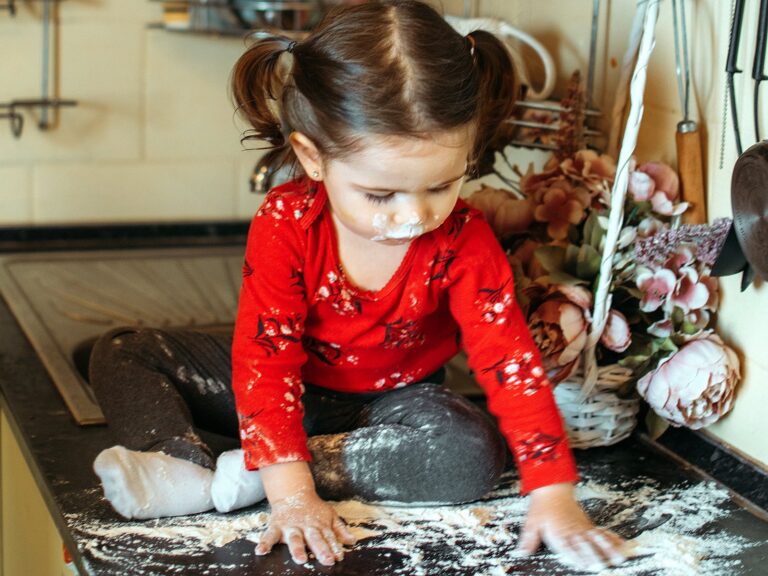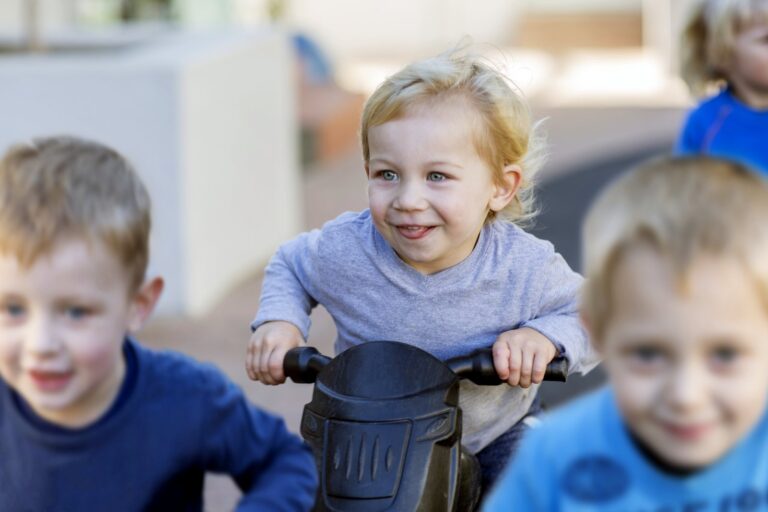Approaches
Including Families
Building rapport with and including families is another important aspect of social design of the classroom. This can be achieved through frequent, open, and honest communication with families and by making families and those important to them feel welcome. Family members can share information about the strategies they use in their homes and cultures to promote social interaction. It’s important for Teachers to listen to and incorporate parents’ beliefs, as appropriate, into their practices, including suggestions about how to encourage and guide children.
Parent questionnaires can be very helpful in gathering important information in these situations. Also offering opportunities for:
- immediate family to volunteer in the classroom,
- providing opportunities for families to meet and connect
- inviting families to share activities from home
- liaise with families to support the development of social skills at home.
Including Children with Disabilities
Teachers also must ensure that young children with disabilities have opportunities across the day to interact with peers and adults alike. Some children with disabilities might need extra support to participate in the social environment. For these children, teachers might need to:
- Teach friendship skills, including how to ask a friend to play, share materials, and give compliments.
- Teachers need to be intentional about teaching concepts of friendships like reciprocity and managing interactions.
- Teach how to recognize emotions and to express them in ways that are socially appropriate. Children who don’t learn to use emotional language have a hard time labelling and understanding their own feelings, as well as accurately identifying how others feel. Songs (e.g., “If You’re Happy and You Know It”), games, puppets, and activities like feeling faces can all be used to support children learning about emotions.
- Embed opportunities to interact with peers throughout the day. Teachers can supply cooperative-use toys and materials to increase the opportunities for social interaction. Cooperative-use toys are those that naturally lend themselves to two or more children playing together. Some examples of cooperative-use toys include balls, wagons, a pair of telephones, and board games.
- Use what motivates the child for example if a child is interested in engaging with another specific child, allow time for that to happen. Another example would be where a child has a particular interest in an object/toy or activity then pair this child with a child with similar interests.
When designing time management in your environment, teachers should create schedules that meet the unique needs of their programme of activities, children, families, and staff. Teachers should also bear in mind that every group of children has its own way of working and what worked well one year might not work well the next.
In addition, teachers should think about each of the following.
- Vary activity levels
- Plan effective transitions
- Teach routines and schedules.







